KINDAI Facilities
Kindai University has a wealth of facilities and equipment for promoting state-of-the-art research and nurturing outstanding researchers. These assets also foster the development of human resources who can play an active role on the world stage.
Research

- Aquaculture Research Institute, Kindai University
As a nation surrounded by the ocean, Japan has since ancient times obtained much of its food supply from marine products. Today, it consumes more seafood per capita than any other nation but also stands at a major crossroads. Marine stocks are in danger - while a rising world population adopts a growing appetite for seafood, leading to overfishing, many regions around the world are seeing their seas polluted as a by-product of industrial growth. The Aquaculture Research Institute of Kindai University is responding to this worrying depletion of marine stocks by conducting tireless research aimed at supplying the world with a stable supply of farmed fish.

- Atomic Energy Research Institute
Established in 1960 for atomic energy research and education, the Atomic Energy Research Institute owns one of the only two university-operated reactors in Japan. This extremely safe reactor is used for training, for joint research with other universities and overseas engineers, and for study tours by educators and high school students. The institute also allows tours by the general public. Through practical hands-on education, it aims to foster atomic energy specialists and to raise the general public's awareness of atomic energy
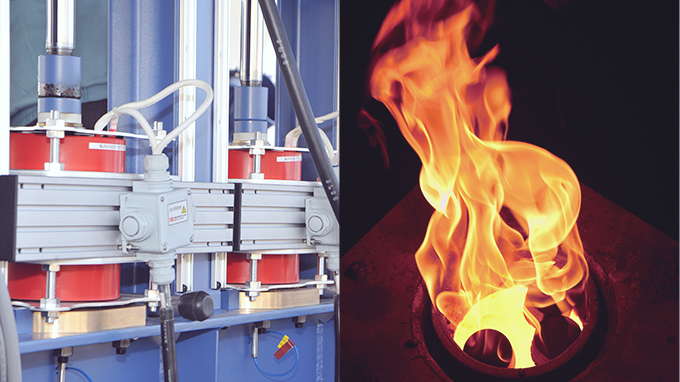
- Bio-Coke Research Institute
Bio-coke is an environment-friendly biomass fuel that can be made from almost any photosynthetic plant, including what had been considered waste materials such as used tea leaves. An effective form of waste management, Bio-coke is also seen as a way to counter the over-reliance on fossil fuels. Someday, Bio-coke might replace the coal that industries currently use as a solid fuel for smelting iron, leading to a significant reduction in CO2 emissions. This institute is working to bring Bio-coke to commercial production and recently began a project in Malaysia to make Bio-coke from palm tree scraps.
Libraries

- ACADEMIC THEATER
The Academic theater is a new kind of learning space, a library like none other, that aims to provide students a place where they can meet and freely talk, learn and exchange information with not just teachers, but a wide range of people including alumni, company workers and local residents. The 5 building complex was created based on the idea of “an academic hub that guides the way to the solving of many societal issues through pushing the boundaries of literature and science”.
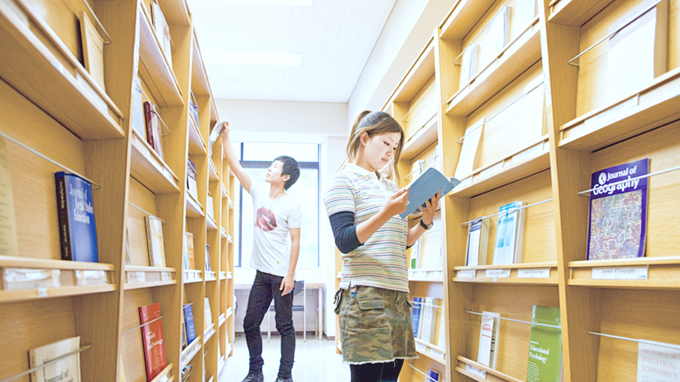
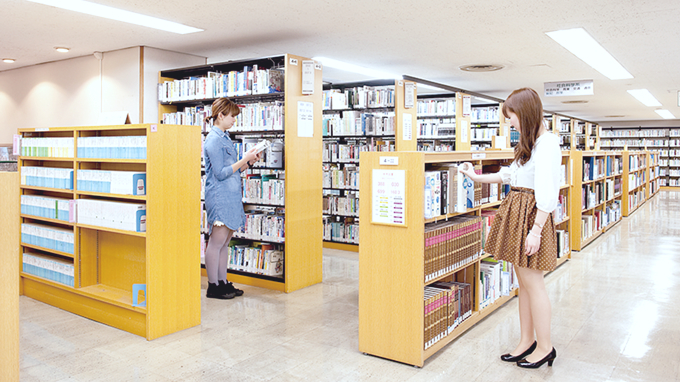
- Center Library
The Central Library provides the latest in library services, and boasts approximately 1.5 million books, 13,000 journals/magazines, 50,000 electronic journals and e-books, and a database to support our 650,000 annual users. The Central Library is located at the Higashiosaka Campus, and we have libraries at other campuses as well.
Other Facilities
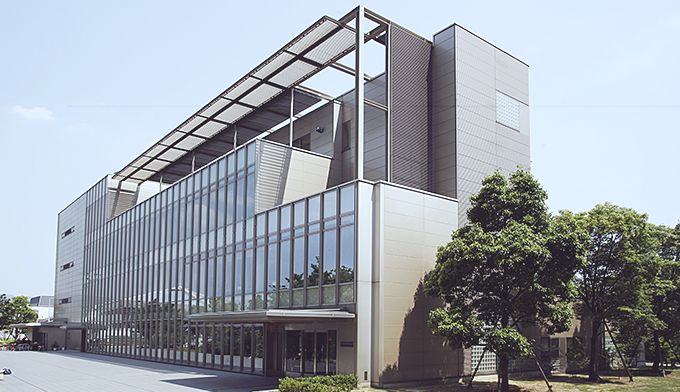
- KUDOS
As a center for information-processing education, KUDOS boasts approximately 700 PCs. It also has a multi-media studio, information literacy classrooms, and other facilities for providing high-level specialized education.
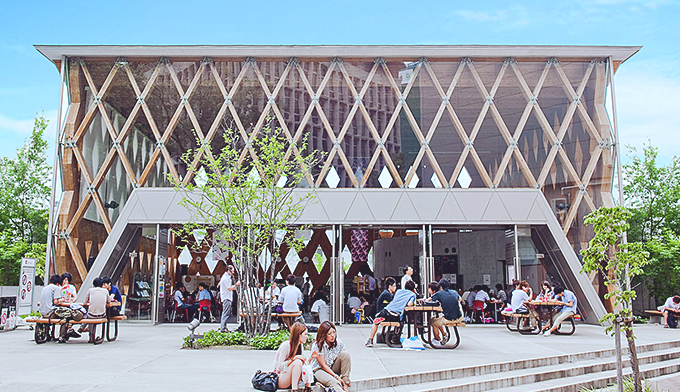
- The Village E³ [e-cube]
The Village E3 [e-cube] opened on the Higashiosaka Campus in November 2006 as a unique place to learn and brush up English skills. The three Es – English, Enjoyment, and Education – represent the facility’s concept of learning practical English while having fun.
Only English is allowed at this first-of-its-kind facility for universities in Japan. English-speaking staff members are on hand for practical conversation, and a variety of activities, mini lectures, and events are held in English.
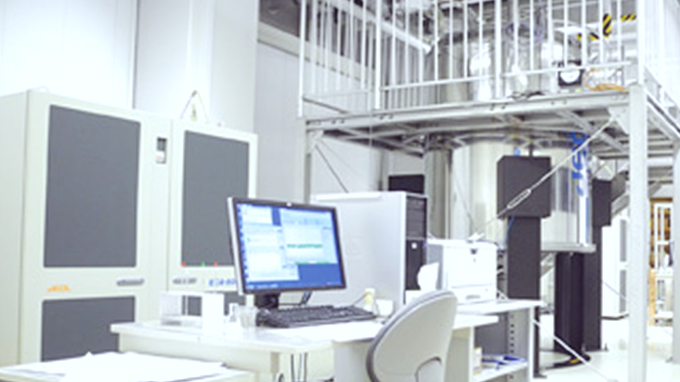
- Joint Research Center (JRC)
JRC facilitates the advancement of research and education in the natural sciences by supporting effective university-wide usage of state-of-the-art scientific equipment. Branch centers are located at each of the university’s campuses.